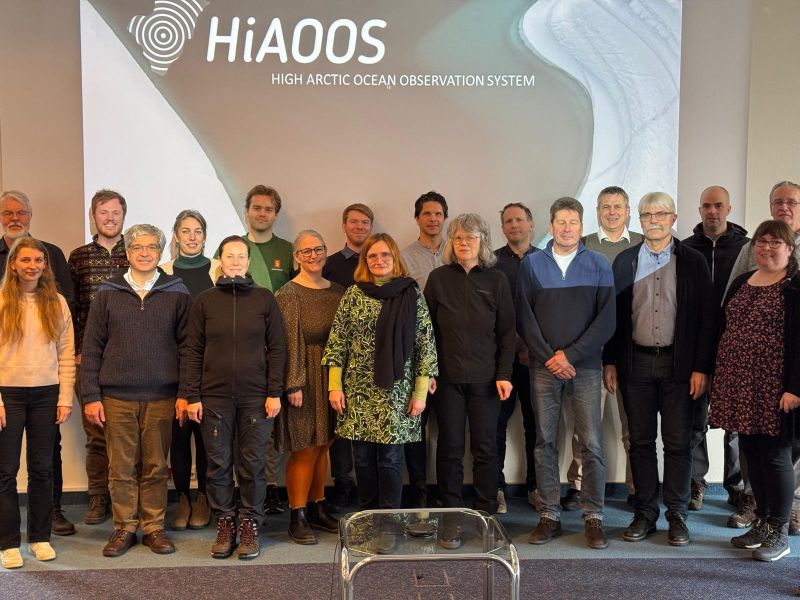HiAOOS General Assembly 2025

The HiAOOS consortium gathered for its 2nd General Assembly, hosted by IOPAN in Sopot, Poland. The meeting, which ran from 10–12 February 2025, was held in person with hybrid participation, bringing together project partners for three days of focused discussions, progress updates, and planning for the next phase of the project.
The General Assembly provided a platform for all Work Packages (WPs) to present their achievements from Months 12–24, highlight technical and scientific developments, and outline plans for the upcoming year.
Day 1: Collaboration, Training, and Strategic Development
The meeting opened with a welcome from IOPAN, followed by approval of the agenda and introductions of prospective new participants.
The first major session spotlighted Work Package 1: Scientific Collaboration, led by Hanne Sagen and Arild Sundfjord, covering progress on research infrastructure workshops, environmental assessments, and industry engagement. The WP also advanced plans for sustainable use and coordination across partners.
The afternoon focused on Work Package 4: Training and Use Cases, led by Mathilde Sørensen and Ruth Higgins, who presented progress in developing training programmes, creating training materials, and organising workshops for research infrastructure (RI) staff.
Day 2: Observing Systems, Fieldwork, and Methods
Day two continued with detailed updates from Work Package 2: Observing Systems and Fieldwork, guided by Hanne Sagen and Arild Sundfjord. Topics included coordination of fieldwork activities, progress on the NAMO system, advances in transformative mooring and buoy technologies, real-time mooring transmissions, and improved data preprocessing and dissemination.
The afternoon session shifted to Work Package 3: Methods and Tools, co-led by Agnieszka Beszczynska-Møller and Arild Sundfjord. Partners presented developments in ocean and sea-ice data processing, earthquake detection and localisation, passive acoustics, reanalysis validation, acoustic inversions and geopositioning, and new data product dissemination tools such as Blue Insight.
Day 3: Communication, Management, and Reporting
The final day centred on Work Package 5: Communication and Dissemination, led by Ruth Higgins and Torill Hamre, who presented updates on the communication and dissemination, current outreach activities, and management of data, tools, and methods.
This was followed by Work Package 6: Project Management and Reporting, led by the NERSC coordination team. Topics included timelines and procedures for periodic reporting, financial reporting guidelines, gender plan implementation, knowledge and innovation management, and ethics compliance.
The meeting closed with final remarks from the coordination team, outlining next steps and expectations for the coming project period.
Advancing Arctic Research in Line with European and Global Priorities
The 2nd HiAOOS General Assembly highlighted how the project is strengthening Europe’s capacity for coordinated, sustainable, and technology-driven Arctic observing, directly supporting the European Commission’s Arctic and Ocean policies, including the EU’s emphasis on climate resilience, open science, and responsible use of marine resources. By advancing new observing technologies, improving data accessibility, and fostering collaboration across nations and research infrastructures, HiAOOS is contributing to the EU’s broader goals of safeguarding polar regions and enhancing knowledge for evidence-based policymaking.
At the same time, HiAOOS is fully aligned with the ambitions of the UN Decade of Ocean Science for Sustainable Development, particularly its challenges on climate change, ocean observing, and transparent access to marine data. Through its integrated approach—spanning field operations, novel methods, data management, training, and communication—HiAOOS is helping to build the ocean knowledge systems required for a healthy, resilient Arctic Ocean.
Together, the outcomes of this General Assembly demonstrate how HiAOOS is not only advancing cutting-edge research, but also reinforcing Europe’s leadership in delivering the ocean science needed for a sustainable future.
